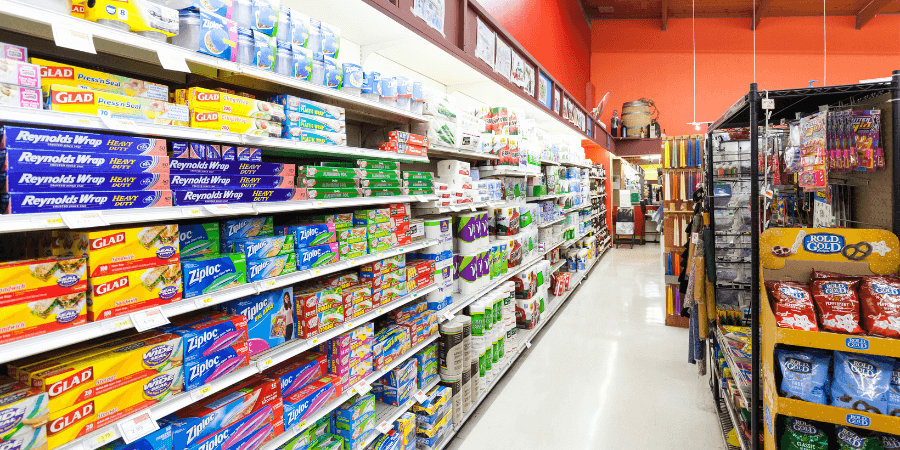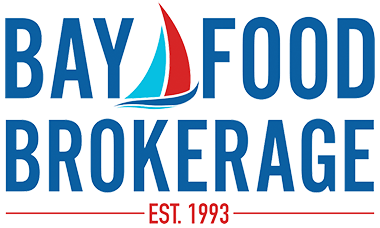
Unlock Success: 5 Strategies to Enhance Retail Food Product Packaging
Grocery stores often need packaging solutions that are both efficient and attractive. Retail food product packaging must meet the expectations of customers while also providing protection, convenience and product placement in stores.
Fortunately, there are several strategies manufacturers can use to optimize packaging to appeal to grocery store buyers. If you’re a food manufacturer, here are five things you should understand about retailers’ packaging preferences.
1. Designed for appropriate placement in the store
Some retailers have a very flexible approach to how and where they display products in their stores. Others have more specific display requirements. For example, one retailer may permit a special display of hanging products near the deli, while another may want to sell the same product on a shelf in the center store.
So, before manufacturers design product packaging, it’s important they understand where different retailers would want to sell their product in their stores.
If you’re working with a retail food broker, collaborate with them on the package design process early on. Their team should be able to share expert insights on display preferences of the various retailers you want to target.
2. Package size and orientation designed to maximize shelf space
The linear footage and depth of a store’s shelf-space is a grocer’s real estate. Retailers are responsible for making the most of every inch, which means they need to know if your product will fit on their shelves. (A gold star goes to food packaging that fully maximizes shelf-space. For example, a square package might mean fitting more items on the shelf than a competitors’ round packaging.)
In addition, retailers like to have choices when it comes to displaying products. Products that retailers can stack both vertically and horizontally on shelves are more attractive than packages they can display only one way.
Again, involve an experienced retail food broker early on into the package design process. The right partner can help manufacturers understand retail food product packaging preferences related to ideal dimensions and suggest options that allow for multiple retail display possibilities.
3. Label clearly features product’s attributes
Data shows product attributes can play a significant role in consumers’ buying decisions. So, don’t hide product attributes on the back of a package. Retailers like to see them listed loud and clear on the front. (And, bonus points go to products that also list key selling points on a side of the package. This allows for vertical and horizontal display options, as covered in point 2.)
This means it’s important to list attributes on your products’ packaging where consumers can easily see them. In addition, make sure to highlight any attributes that differ from your competitors’.
4. Packaging appeals to consumers’ preferences
Grocery store buyers keep consumer trends in mind when it comes to their preferences involving retail food product packaging.
For example, according to SPINS’s “Big Trends 2022” report, 77% of all grocery shoppers believe sustainability is important when shopping for products. So, retailers are particularly interested in products that use eco-conscious and/or less material. This would include packaging that consumers can recycle, as an example.
In addition, consumers are also drawn to packaging that makes cooking and/or consuming the product convenient. For example, if the customer won’t likely consume the product in one sitting, can they reseal the package? Or, if the customer has to microwave the product, can you package it in a microwavable container?
A retail food broker with the right technology partners can help manufacturer clients stay current on the latest consumer trends. This, in turn, drives retailer preferences.
5. Case packs allow for putting all product out at once
Retailers prefer that products arrive at the store in master cases that enable them to put all items in the box out on shelves at once.
A master case (also called “case pack”) with too many units can cause issues for retailers. Firstly, there typically isn’t room in the back of a grocery store to stock inventory that won’t fit on the shelves. Secondly, items with a short shelf-life need to all go out on shelves immediately to ensure they sell before expiration. Also, getting products in a master case out all at once reduces the labor involved in the re-stocking process.
Generally speaking, manufacturers should deliver perishable products to stores in master cases of six items. And they should pack frozen and center store products according to the number of items that can fit on the shelf at one time.
The right grocery broker partner will be able to help you determine how many items will fit on the shelf at the retailers you’re targeting. This will help you decide how many items to include in your master case.
Not sure whether your product meets retail food product packaging preferences of grocery stores in the Southeast? Contact us today to see how we can help.
